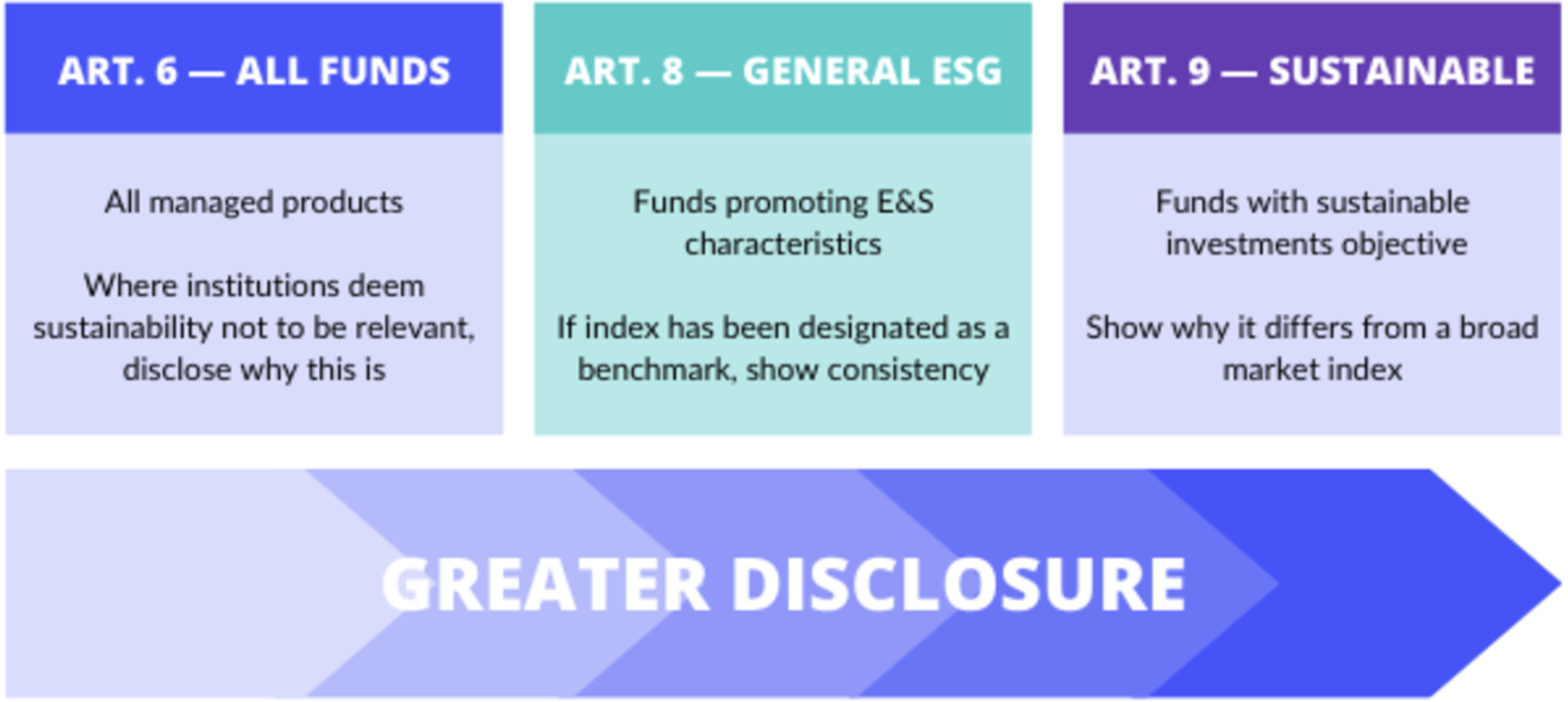Understanding SFDR
Sustainable Finance Disclosure Regulation
The financial world is increasingly aligning with sustainable goals, with investors and consumers demanding greater transparency on how their money contributes to environmental, social, and governance (ESG) efforts. The EU's Sustainable Finance Disclosure Regulation (SFDR) is a pioneering framework designed to steer capital towards sustainable initiatives by setting robust disclosure standards.
EU’s Commitment to Sustainability
As the world faces unprecedented environmental and social challenges, the EU has positioned itself as a global leader in sustainable finance. The SFDR is an integral part of the EU’s Sustainable Finance Action Plan, which includes the EU Taxonomy and the Low Carbon Benchmarks Regulation, among other initiatives.
The SFDR Framework Explained
The SFDR mandates the disclosure of ESG metrics at both entity and product levels. It helps investors understand the sustainability profile of their investments, ensuring that financial products are transparent about their ESG impacts. This is crucial in the fight against greenwashing.
Importance of the SFDR to Investors
For investors, the SFDR provides a clearer picture of how sustainability is factored into investment products. It differentiates between products based on their sustainability considerations and objectives, helping investors make informed decisions aligned with their values and the broader EU agenda for a net-zero economy.
Key Components of the SFDR
Transparency on Sustainability Risks: Financial market participants must disclose how they integrate ESG risks into their investment decisions.
Adverse Sustainability Impacts: Firms must report on the negative ESG impacts of their investments, promoting accountability.
Sustainability Characteristics: Financial products must clearly state their sustainability goals, whether they promote ESG characteristics or aim for sustainable investment as their core objective.
Product Classifications Under SFDR
Source: SFRD Regulation & FAIRR
Article 6 Funds
Article 6 products either consider ESG risks in investment decisions or explain the non-relevance of sustainability risks. They do not, however, promote ESG characteristics as core objectives like Articles 8 or 9 products.
Article 8 Funds
These promote ESG characteristics and may invest in sustainable initiatives but don't have sustainability as their principal investment objective.
Article 9 Funds
These products have a clear sustainable investment objective, targeting investments with positive ESG outcomes.
The EU's Objectives
The SFDR plays a significant role in channeling private funds towards sustainable initiatives, crucial for Europe's transition to a net-zero economy. It represents the EU's commitment to ensuring legal certainty, usability of sustainable financial products, and combating greenwashing.
Investors and financial market participants should stay informed about upcoming extensions to the EU Taxonomy, potential introductions of a social taxonomy, and ongoing assessments of the SFDR framework by the European Commission.
The SFDR is a transformative regulatory approach that empowers investors with the knowledge to support a sustainable economy. It emphasizes the need for transparent, informed investment choices in ESG considerations and represents a substantial move towards a greener financial landscape in the EU.

